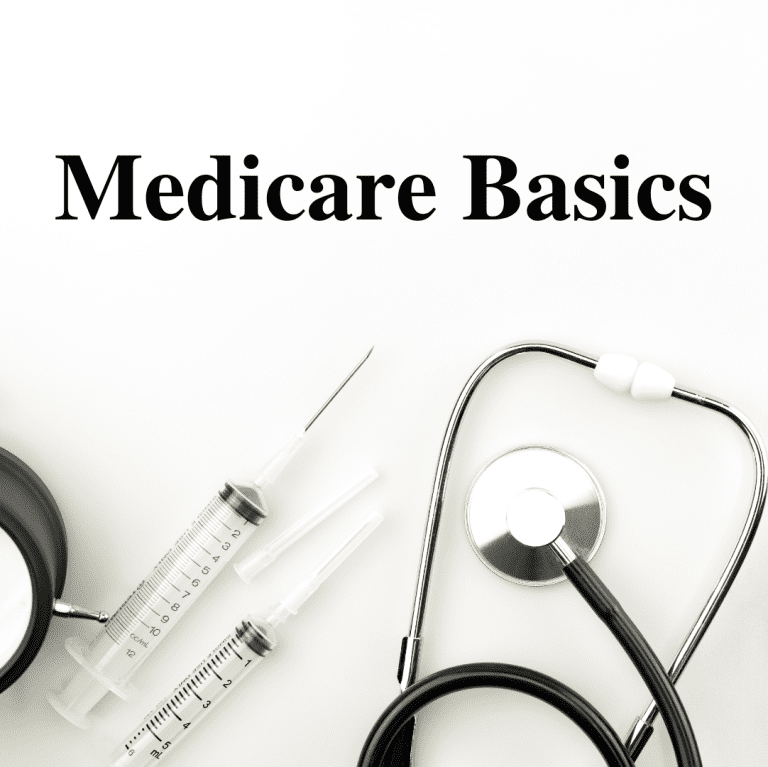Key Takeaways
-
Medicare is not free, and in 2025, the combined effect of premiums, deductibles, coinsurance, and out-of-pocket costs can significantly impact your retirement budget.
-
Even with federal support, Medicare coverage gaps and rising healthcare costs can leave you paying more than expected for essential care.
The Promise vs. the Reality of Medicare Coverage
When you first become eligible for Medicare, the promise seems straightforward: access to health insurance in retirement with help from the federal government. But once you’re enrolled, the reality becomes clearer. Despite the federal funding, Medicare comes with many built-in expenses. From monthly premiums to coinsurance for each hospital stay or doctor visit, you may quickly find your healthcare spending climbing higher than you anticipated.
Medicare Part A and the Hospital Coverage Gap
Most people don’t pay a premium for Medicare Part A if they or their spouse paid Medicare taxes for at least 40 quarters. That said, “premium-free” does not mean cost-free. Part A has a deductible of $1,676 per benefit period in 2025. After the deductible, you still owe:
-
$419 per day for hospital stays from day 61 through day 90
-
$838 per day for each lifetime reserve day beyond day 90
If you need skilled nursing care, Part A covers only a limited period. After 20 days, you pay $209.50 per day up to day 100, and after that, you’re responsible for the full cost. These fees can add up fast if you experience a major health issue or repeat hospitalizations within the same year.
Medicare Part B: Monthly Premiums and More
Medicare Part B, which covers outpatient services, has a standard monthly premium of $185 in 2025. That’s just the beginning. You also face:
-
A $257 annual deductible
-
20% coinsurance for most services after the deductible is met
This coinsurance applies to doctor visits, durable medical equipment, outpatient surgeries, and more. And since there’s no out-of-pocket maximum for Part B, your costs can grow unchecked if you require frequent care.
If your income is above a certain threshold, the Income-Related Monthly Adjustment Amount (IRMAA) applies, increasing your monthly Part B premium. This can affect both individual and joint filers based on your tax return from two years ago.
Prescription Drugs and the $2,000 Cap in 2025
Medicare Part D provides prescription drug coverage. For 2025, the deductible can be up to $590, and plans vary in terms of copayments and coinsurance. However, a major shift in 2025 is the implementation of a $2,000 annual out-of-pocket cap on prescription drugs.
While this cap is a significant relief, it doesn’t erase earlier costs. You may still face the full deductible, coinsurance on every prescription, and high monthly premiums depending on your plan. If you hit the $2,000 threshold mid-year, you still spend thousands upfront before any savings take effect.
Out-of-Pocket Limits Aren’t Universal
Many people mistakenly believe that Medicare includes an annual out-of-pocket maximum for all coverage. That’s not the case with Original Medicare. Parts A and B don’t have an out-of-pocket limit. If you only rely on Original Medicare, there’s no financial ceiling to your healthcare expenses.
Medicare Advantage plans do include a maximum out-of-pocket limit, but this varies by plan and only applies to services the plan covers. For 2025, the maximum for in-network services under Medicare Advantage is $9,350. If you have out-of-network coverage, the limit can reach $14,000.
You may think switching to one of these plans will ease your costs, but these plans may have limited provider networks, require prior authorizations, or offer fewer benefits in rural areas.
The Rising Cost of Supplemental Coverage
To fill the coverage gaps left by Original Medicare, many people purchase a Medicare Supplement policy. These policies help pay for deductibles, coinsurance, and copayments. However, premiums for these plans are paid separately and are in addition to your Part B premium.
While they can provide peace of mind, these policies have monthly premiums that often increase with age or inflation. Plus, you’ll still need to purchase a separate Part D plan for drug coverage.
Don’t Overlook Dental, Vision, and Hearing Costs
One of the most overlooked Medicare expenses is what isn’t covered at all. Original Medicare excludes routine dental care, eye exams, hearing aids, and many preventive services. Unless you have additional coverage, you’re responsible for 100% of these costs.
A dental crown or hearing aids can easily run into thousands of dollars out of pocket. And even if a plan offers some limited coverage for these services, the benefits may come with annual maximums or network restrictions that limit their real value.
Telehealth Isn’t Always Free Either
Although Medicare now offers expanded coverage for telehealth services, they’re not always free. For most telehealth visits under Part B, you’ll still pay 20% of the Medicare-approved amount after meeting your deductible.
These costs can be easy to overlook, especially if you rely on telehealth regularly for behavioral health, chronic care management, or follow-up visits.
Mental Health Services: New Coverage, Old Costs
In 2025, Medicare continues to cover services from licensed marriage and family therapists (LMFTs) and mental health counselors (MHCs). But despite expanded access, you’re still responsible for 20% coinsurance after meeting the Part B deductible.
Outpatient mental health services, including therapy and medication management, are billed the same as other medical services. For ongoing care, those 20% coinsurance charges can add up monthly.
Surprise Medical Bills Still Exist
While protections have improved, some Medicare beneficiaries still encounter surprise medical bills. This can happen when you receive services at an in-network hospital from an out-of-network provider. Or when you’re referred to a specialist or facility that doesn’t accept Medicare.
If you’re unaware of these limitations ahead of time, you could face hundreds or thousands in unexpected bills not covered by Medicare.
Inflation and Healthcare Trends Pushing Costs Higher
In 2025, healthcare inflation is outpacing general inflation. This affects everything from hospital charges to prescription drug pricing. Medicare adjusts premiums and deductibles each year, but these adjustments often reflect broader increases in provider charges and system-wide costs.
If your income stays fixed in retirement while healthcare costs rise, Medicare’s share of the burden doesn’t necessarily grow to match. You shoulder more of the weight unless you proactively plan and adjust your coverage strategy.
Your Income Can Work Against You
Medicare premiums are tied to your income, with a two-year lookback window. That means your income from 2023 determines your 2025 IRMAA charges. A one-time financial event, such as the sale of a property or business, can unexpectedly elevate your premiums by hundreds of dollars per month.
Appealing these adjustments can be time-consuming, and not every life event qualifies. Without careful financial planning, you may end up paying more for the same coverage as someone else with a lower income.
Coordination with Other Insurance Isn’t Always Smooth
If you have retiree health benefits or coverage through a spouse, the coordination between Medicare and those plans can become complex. You may need to pay both Medicare and your retiree plan’s premiums while also juggling different billing systems.
In some cases, the secondary insurance only covers what Medicare doesn’t, and it may not cover all the gaps. Without a clear understanding of your benefits, you might assume you’re fully protected when you’re not.
Planning Is Key to Reducing the Financial Impact
Medicare is a vital part of your healthcare safety net in retirement, but it doesn’t guarantee affordability. To avoid unpleasant financial surprises:
-
Review your plan’s coverage annually during Open Enrollment (October 15 to December 7)
-
Consider a licensed agent listed on this website to help you compare options
-
Keep track of your out-of-pocket spending throughout the year
-
Plan for uncovered services like dental and vision
-
Reassess your income level in relation to IRMAA thresholds
-
Ensure all providers you use accept Medicare to prevent balance billing
Staying informed and proactive can help you manage rising Medicare costs more effectively and reduce long-term financial stress.
Your Medicare Expenses Deserve a Second Look
Medicare was never meant to be completely free, but that doesn’t mean it should overwhelm your retirement income. If the bills keep piling up and you’re unsure how to proceed, you’re not alone. There are ways to lower your costs or better structure your coverage to protect yourself.
Get in touch with a licensed agent listed on this website. A conversation can help you evaluate whether you’re enrolled in the right Medicare plans and whether there are overlooked options that could work better for your needs in 2025.








